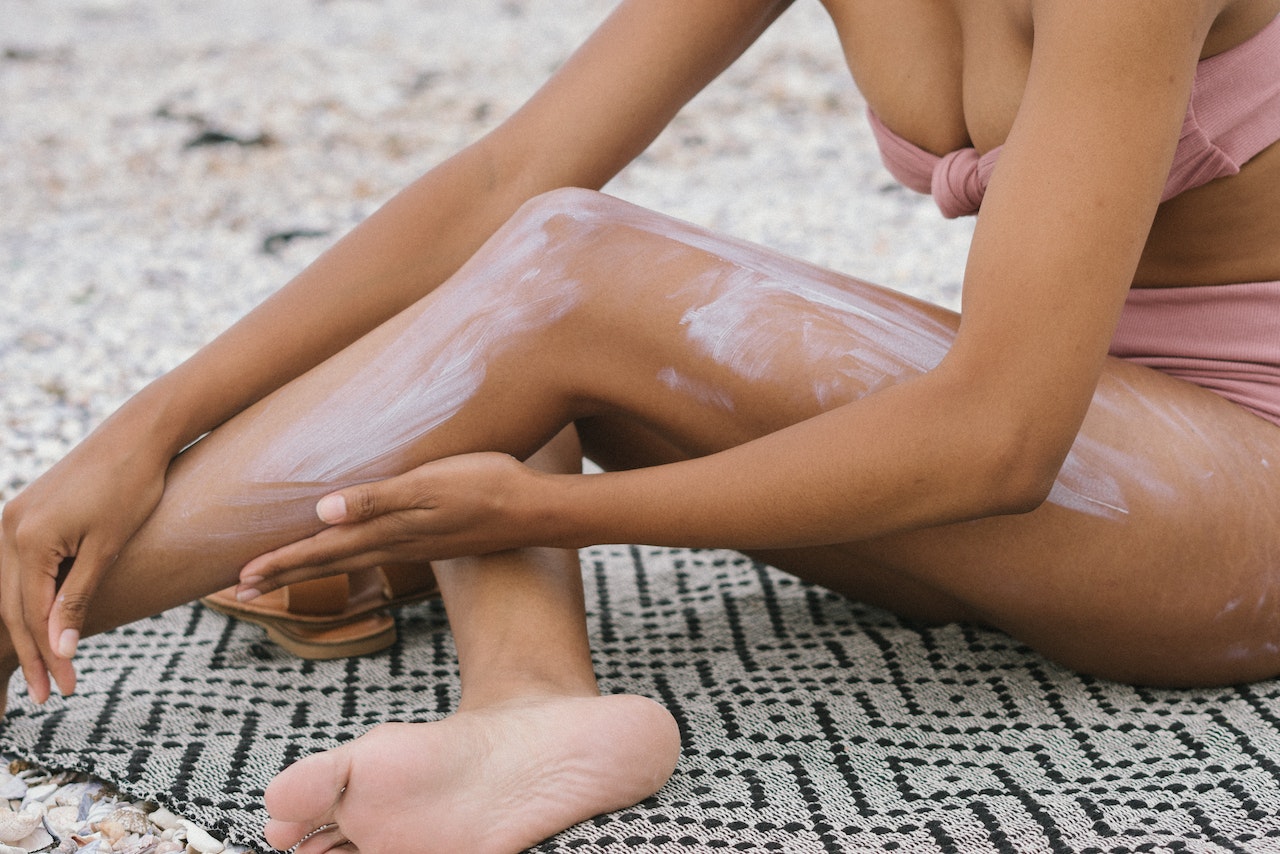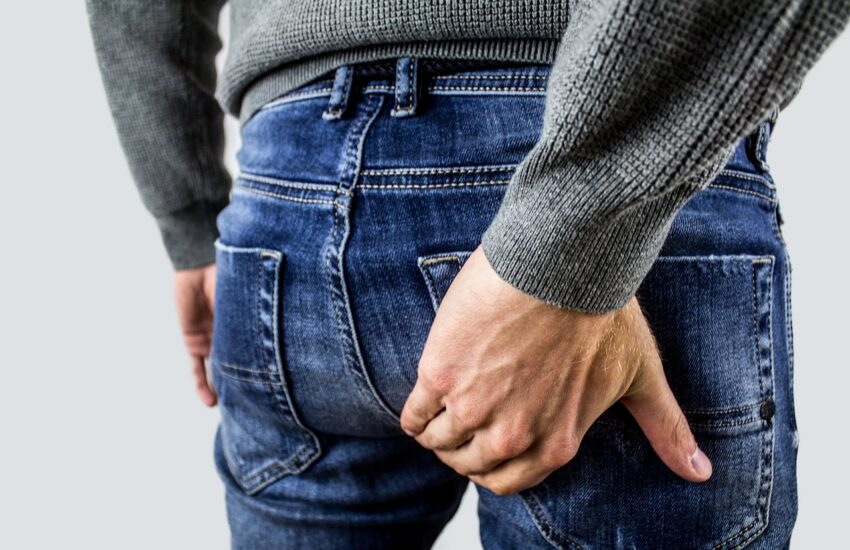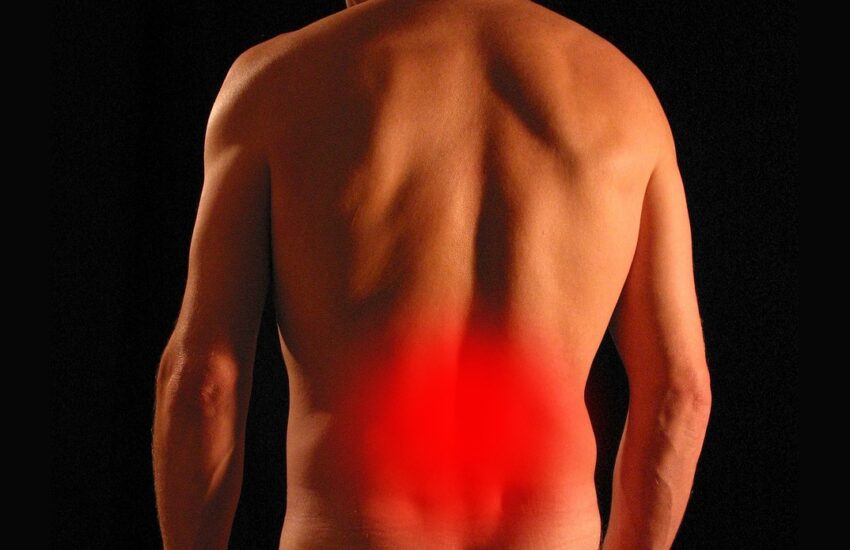Does Your Sunscreen Use These Dangerous Ingredients?
It’s that time of year again.
The sun’s shining, the pools are open, backyard barbecues are set to go. You can smell summer… well, unless you’ve got bad allergies…
And, with the increase in outdoor activity comes an added danger.
Increased exposure to the sun’s harmful UV rays.
Look, if you know me and my philosophy, you’ll know I’m actually a huge proponent of getting adequate sun exposure.
Truth is the sun’s rays are the best source of one of nature’s most important vitamins, vitamin D.
But, just because the sun provides us with vitamin D doesn’t mean I think you should hang out in the sun for hours and hours unprotected.
That’s a recipe for disaster.
Avoid Sunscreen With These Ingredients
If you’re like most of my patients, you probably lather on the sunscreen and turn yourself into a creamy mess before you venture out and expose yourself to the sun’s rays. That’s been the conventional wisdom for years.
Problem is, it’s not the most sound.
Part of the problem is when most people get sunscreen, they get it based on both price and brand recognition.
Well, as you might be able to guess, neither of those necessarily mean what you’re getting is safe.
Some of the ingredients included in sunscreen are actually proven to do more harm than good.
Even increasing the chances of getting skin cancer, the very same disease they were designed to prevent!
It’s bizarre.
Here’s a list of those ingredients.
1. Oxybenzone
According to the Environmental Working Group (EWG), most sunscreens contain a chemical known as Oxybenzone. This chemical is a potential hormone disruptor to and can accelerate the growth of certain cancers.
As EWG writes:
“…the chemical oxybenzone penetrates the skin, gets into the bloodstream and acts like estrogen in the body. It can trigger allergic reactions. Data are preliminary, but studies have found a link between higher concentrations of oxybenzone and health harms.
One study has linked oxybenzone to endometriosis in older women; another found that women with higher levels of oxybenzone during pregnancy had lower birth weight daughters.”
It’s estimated 95% of Americans are contaminated with oxybenzone, a statistic I don’t like to read at all.
And that’s not the only harmful ingredient in sunscreen.
2. Retinyl Palmitate.
This is a derivative of Vitamin-A, which is known to produce an en enhanced photosensitivity reaction.
Because of this, it can actually cause the acceleration of certain malignant cancers. Not at all what you want when you’re heading out to bake under the intense, noonday sun.
Now the government would tell you Retinyl Palmitate is an “inactive ingredient,” but as EWG notes ” studies show, this common additive reacts with the sun to create free radicals that damage DNA. …government scientists have produced evidence that the development of skin tumors is dramatically accelerated, compared to control groups, when lab animals were coated with a cream laced with vitamin A and then exposed to the equivalent of nine minutes of maximum intensity sunlight every day for a year.”
3. Fragrances
The reasons fragrances are an issue is because many of them are made of chemicals which have known associations with cancer and disrupt healthy cells in other ways.
Chief among the unlisted ingredients inside of fragrances are the following:
- Parabens: These are synthetic preservatives and have been shown to mess with hormone levels.
- Phthalates: Carcinogenic synthetic preservative, these chemicals also affect reproduction function (they’re known to cause birth defects, lower sperm count, and cause early breast development. They’ve also been shown to damage the kidneys and the liver.
Doesn’t look like getting regular old sunscreen is a good idea, does it?
My advice?
If you’re picking up sunscreen, I sincerely advise you to check and see if the sunscreen you’re looking at contains these ingredients.
If they do, opt for something else.
It might end up being more expensive…but the cost of dealing with skin cancer will be much more. I promise.
If you’re looking for some advice on sunscreen, I suggest following Dr Mercola’s advise. He actually says don’t use it if you can avoid it.
He writes.
- Give your body a chance to produce vitamin D; expose large amounts of skin (at least 40 percent of your body) to sunlight for short periods daily (a safe tanning bed can also be used for this purpose).
- When you’ll be in the sun for longer periods, cover up with clothing, a hat or shade (either natural or that you create using an umbrella, etc.). A safe sunscreen can be applied after you’ve optimized your daily vitamin D production.
- Shield your face from the sun daily using a safe sunscreen or a hat, as your facial skin is thin and more prone to sun damage like premature wrinkling.
- Consider the use of an “internal sunscreen” like astaxanthin to offer additional protection against sun damage.
- Consuming a healthy diet full of natural antioxidants is another incredibly useful strategy to help avoid sun damage to your skin. Fresh, raw, unprocessed foods deliver the nutrients that your body needs to maintain a healthy balance of omega-6 and omega-3 oils in your skin, which is your first line of defense against sunburn. Fresh, raw vegetables also provide your body with an abundance of powerful antioxidants that will help you fight the free radicals caused by sun damage that can lead to burns and cancer.
If you must use sunscreen, make sure it doesn’t have the chemicals listed above, and try and get one with the minerals zinc oxide and titanium dioxide. These are capable of blocking harmful UVA light, which is one of the primary rays which will damage your skin.
Talk soon,
Dr. Wiggy
www.HealthAsItOughtToBe.com


